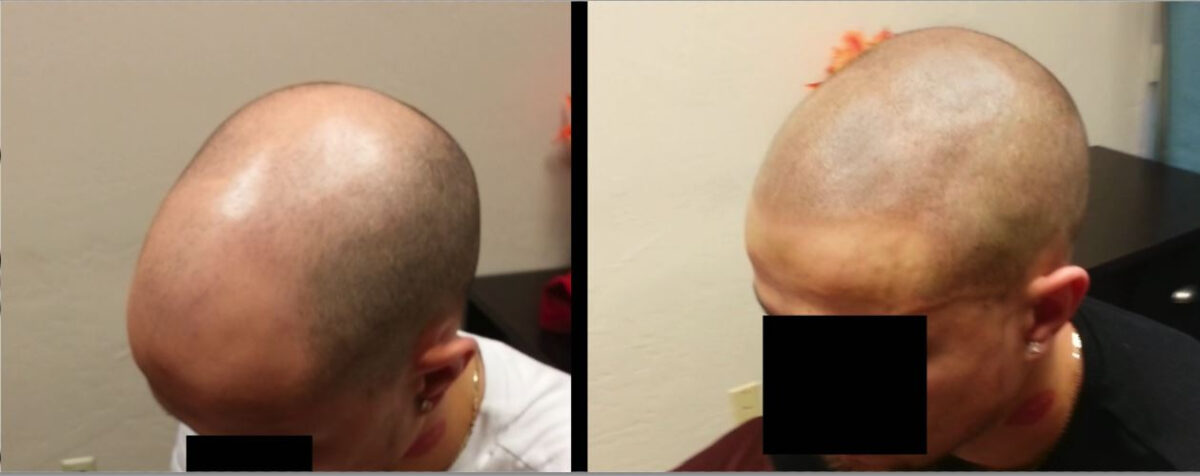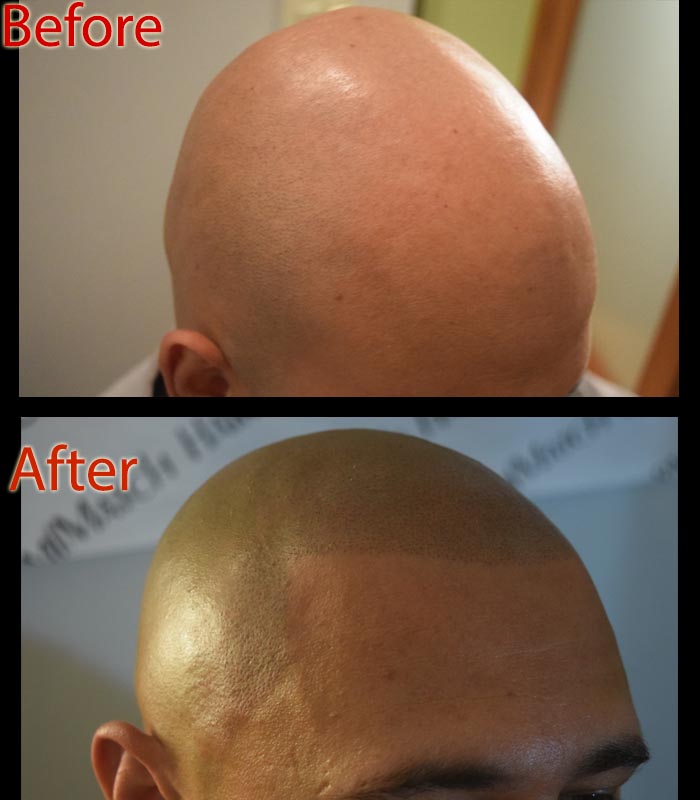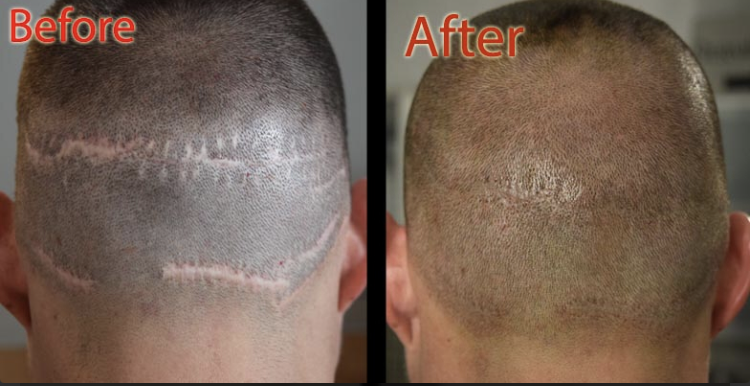A hairline that shows signs of receding is not a pleasant sight for men and women. It affects their overall confidence. It hurts their self-esteem. So let’s see what a receding hairline is and how to correct it so you can reclaim your confidence.
Understanding Receding Hairlines
Such type of hairline might be the result of hormonal imbalance, genetics, stress, and lifestyle choices. Your genes are to be blamed primarily in this case. Hormonal imbalances might contribute to the problem. In males with high testosterone, a receding hairline is often the result. In addition, unhealthy lifestyle choices and a poor diet can make you prone to hair loss. it’s important to identify signs of receding hairlines to take timely corrective action.
Symptoms of receding hairlines
One major sign of such a hairline is the sight of thinning hair at the crown of the head. People with a receding hairline have a more prominent forehead.
Treatment
Apart from hair loss medications, hair transplant surgery has surfaced as a hair restoration solution. The procedure involves extracting healthy follicles from one part of the scalp and transplanting them into the site of thinning hair. In addition, you ought to maintain a healthy lifestyle and your diet should be packed with nutrients, including iron, vitamin D, biotin, and other vitamins, such as A, C, and E, to promote the growth of healthy hair. Apart from this, your focus should be on stress reduction. When you understand the underlying cause of a receding hairline, you can better address the problem and take action to improve the condition.
You must avoid the use of chemical products that make your situation worse.
SMP for Receding Hairline
Scalp micropigmentation is a non-surgical hair restoration treatment option. The procedure can conceal thinning hair and lower a receding hairline, giving you a sharp, clean appearance. SMP hair treatment can make thinning hair look denser and richer. SMP practitioners are skilled scalp artists with experience in reviving thinning hair with their magical touches. They use the best scalp ink to create natural and realistic results for clients suffering from scalp problems. The treatment effectively covers bald patches and scars and corrects the hairline to make it look fuller and thicker.
The forehead hairline tattoo is a popular choice among SMP clients suffering from a hairline that has started to recede. The goal of SMP is to mask the hairline with pigmented dots that look like real hair follicles. Scalp artists focus on creating a more even look using their scalp micropigmentation experience. Once the treatment is over, you can see a naturally symmetric and full hairline in the place of a receding hairline.
Advantages of SMP
Scalp micropigmentation is a painless procedure that does not require anesthesia or surgery for treatment. The results are long-lasting and you can continue to enjoy the results with a few regular touchups. Get back your self-confidence with scalp micropigmentation – your one-stop destination to camouflage a hairline that is receding without surgery or dangerous medications.
Trusted and reputable Arizona SMP practitioners can help you with scalp micropigmentation. Consult with DermiMatch Clinic scalp artists today.










